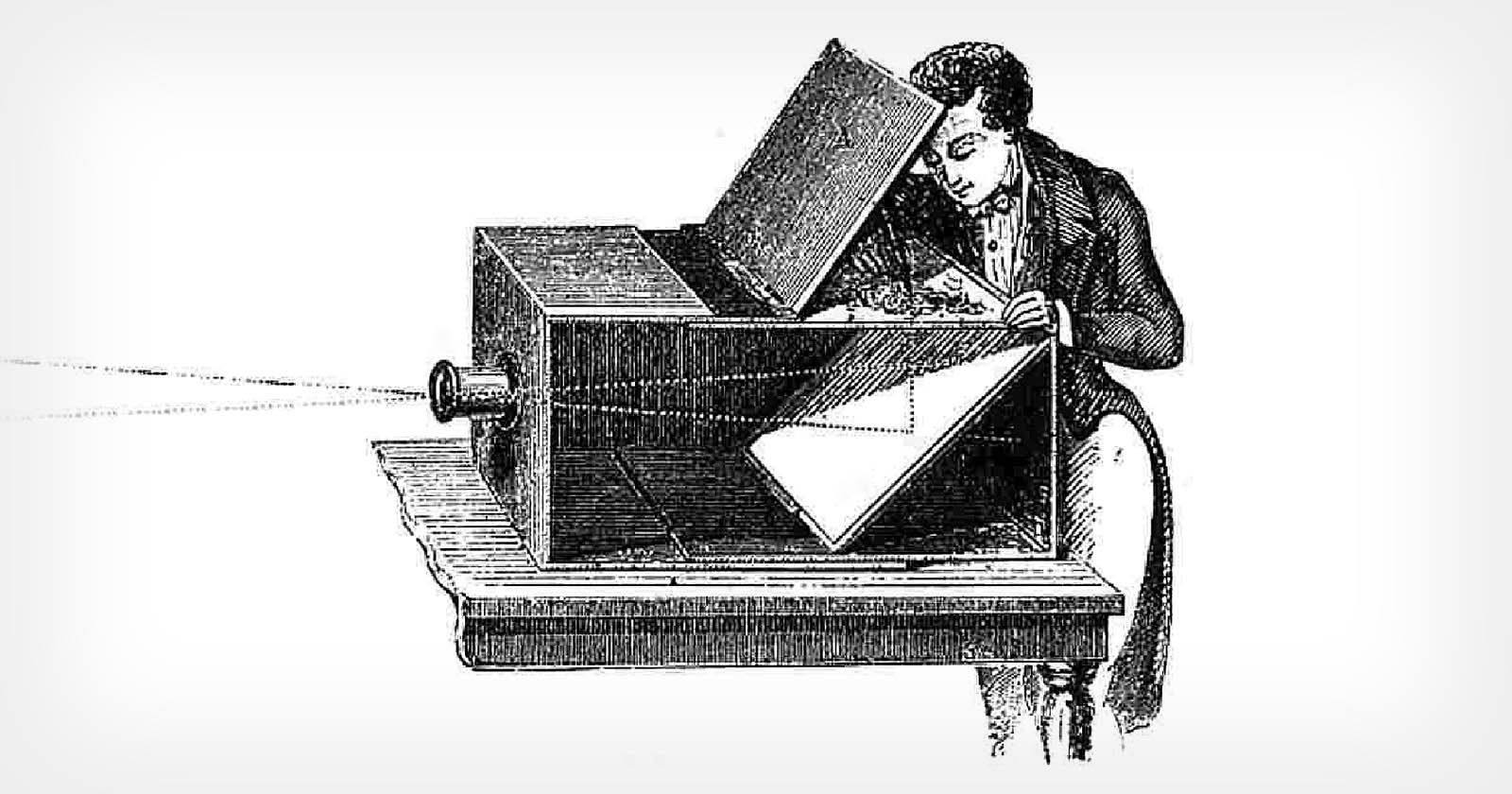Photography has come a long way since its invention many centuries ago. From its early days as an art form limited to darkrooms and chemical processing, the evolution of photography has been remarkable.
Nowadays, digital technology enables us to capture and manipulate images with unprecedented ease and accuracy. This article will explore the history of photography from its beginnings in darkroom experimentation through today’s modern digital age, highlighting key moments along the way that defined this extraordinary journey.
As we take a look back at these milestones, it is clear that photographers have always pushed boundaries to advance their craft – something that continues today as technology continues to develop even further.
Pre-Photography Methods of Image Reproduction
Before the invention of photography, people relied on a variety of methods to reproduce images. These included techniques such as painting, drawing, and printmaking.
By using paint or other pigments, an artist could create realistic representations of people and scenes. Printmaking used blocks of wood or metal that were engraved with pictures which could then be printed onto paper or fabric.
This allowed for multiple copies of the same image to be made relatively quickly and easily. While these methods allowed for some level of creative expression, they couldn’t capture the same level of detail that would later become possible with photography.
The Invention of Camera Obscura and the Daguerreotype Process

The invention of the camera obscura and daguerreotype process marked a major turning point in the evolution of photography. Camera obscura, Latin for darkened chamber, is an optical device that projects an image onto a flat surface.
It was first developed by Alhazen in 1038 and later improved upon by Renaissance-era artist Leonardo da Vinci. The daguerreotype process, invented by Louis Daguerre in 1839, produced images on metal plates exposed to light which could then be viewed through a magnifying glass or projected onto another surface.
This new technology revolutionized portraiture and opened up the world of documentary photography which allowed people to capture moments from their lives as never before possible. By introducing light sensitivity into this equation, photographers were now able to produce detailed scenes with great accuracy and clarity over time without having to constantly adjust exposure settings like they had been doing previously when using paper negatives.
As these processes evolved further still, eventually leading us towards digital cameras today; it is clear that what started as crude devices used primarily for entertainment purposes has become so much more than just capturing simple pictures – we now have powerful tools at our disposal capable of creating beautiful artwork with ease!
Darkroom Techniques and Early Color Photography Developments
Darkroom techniques have been around since the invention of photography. They allowed photographers to manipulate light and exposure to create unique photographs that could not be created with natural light alone.
In addition, darkroom techniques enabled photographers to make use of early color photography developments such as various types of film and filters which gave them more control over their creative vision. The development of darkrooms also led to an increase in experimentation among photographers who were able to explore the possibilities available through various methods such as varying shutter speeds or adjusting image contrast.
This period saw a great deal of innovation when it came to photography and many new processes for manipulating images were developed during this time. With these tools, photographers were able to produce stunning works that had never before been seen or imagined possible.
The Digital Revolution: Rapid Advances in Photo Technology since 1990s

Since the 1990s, advancements in digital photography have been nothing short of revolutionary. During this period, a dramatic shift has taken place from darkroom processes to digital imaging solutions that allow photographers to capture and edit images with unprecedented ease and precision.
With digital technology, photos can be manipulated using software like Photoshop or Lightroom, allowing for higher-quality prints than ever before. Digital cameras offer improved resolution over their film counterparts while also providing greater flexibility in terms of storage options.
Additionally, faster processing speeds mean photographs can now be quickly uploaded and shared via email or social media sites such as Facebook or Instagram. The revolution brought about by digital photography is astounding—many who had used traditional methods are amazed at the progress made over just a few decades.
For example, shooting several frames per second is now commonplace with many modern cameras compared to the single shots possible with film cameras of yesteryear. The ability to capture moments in time without having to wait for days (or weeks) for development is remarkable and has enabled photographers new opportunities when it comes to capturing dynamic scenes or expressions that would otherwise have gone unnoticed with traditional methods of photography.
Conclusion
Photography has come a long way since the darkroom days of the 1800s. From its analog beginnings to digital photography, it has revolutionized how we capture and document moments in time.
In today’s world, photography studios such as Photography Studio Dubai offer cutting-edge technology and services to help photographers create beautiful works of art for commercial or personal use. As technology continues to evolve and develop, so too will the capabilities of modern photography studios – providing more options than ever before for capturing those special moments that only a photograph can do justice.

